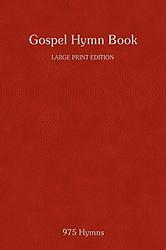Gospels by Unknown
"Gospels" is a collection of four books from the New Testament of the Christian Bible, written by various authors. These books provide accounts of the life, teachings, death, and resurrection of Jesus Christ, each from a different perspective. They serve as the primary source of information about Jesus and form the basis of Christian theology and belief.
The 2641st greatest book of all time
- Published
- 70
- Nationality
- Unknown
- Type
- Fiction
- Pages
- Unknown
- Words
- Unknown
- Original Language
- Koine Greek
If you're interested in seeing the ranking details on this book go here
This book is on the following lists:
- 81st on The 100 Best Books of World Literature (ABC.es)

